Many times when we take a trip at the end we have the feeling of having enjoyed more in places that we have discovered and of whose interest we had no prior knowledge.
Precisely our most recent Getaway by car through the province of Ciudad Real, south of Castilla-La Mancha, aimed to visit places that are very little known and that are worth discovering.
In particular, the attractions of the province of Ciudad Real They go beyond, for example, the windmills of Campo de Criptana, or the historic and beautiful town of Almagro.
Or natural enclaves such as Tablas de Daimiel National Park or Ruidera lagoons.
There are other lesser-known places that are worth a getaway, from towns or heritage sites, such as castles or palaces, to other less-known areas with attractive natural landscapes.
All the information in detail
Places to see in the province of Ciudad Real
From our experience of several trips around the province of Castilla-La Mancha, below we are going to highlight places that are worth knowing in it.
1 Ciudad Real capital
If we do a ranking of little-known cities in Spain, without a doubt Ciudad Real is located at the top of it.
The tourist attractions of this city are actually very limited, but it has the advantage of being a good starting point for excursions thanks to its quick connection via eTA with Madrid.
With a walk through the center of Ciudad Real, the most notable thing you will find are its three Gothic churches, among which that of San Pedro I find it the most interesting.
From the 14th century when it was the center of the Christian neighborhood, its most notable corner is the Coca Chapel with its spectacular set of altarpiece and tomb made of alabaster.
You should also not miss visiting the cathedral of Santa María del Prado, from the 15th century, with a single nave and a beautiful altarpiece.
2 Plaza Mayor of San Carlos del Valle
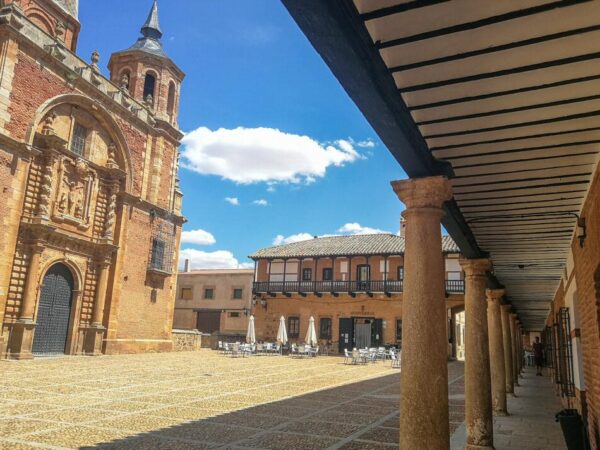
On the route from the center of Spain to the south of the province of Ciudad Real, it is well worth making a stopover in San Carlos del Valle.
This very small town located south of Manzanares, in an enclave of what was the old Camino Real that linked the capital of Reino with Andalusia, reserves for you the great surprise of a beautiful Plaza Mayor.
From the year 1700, I will tell you that from our point of view, the Plaza Mayor of San Carlos del Valle It is one of the most beautiful corners you can see in Castilla la Mancha.
And a surprise similar to the one you have when, for example, when you arrive at the Main square of Tembleque in the province of Toledo.
Rectangular in plan, on three sides there are buildings with porticoed galleries on two floors, and on the east side is the enormous baroque church of Cristo del Valle which since the 18th century has occupied the place where there was a small hermitage from the 13th century.
But without being aware of the charm of this main square, in recent times a reason to visit San Carlos del Valle is being the restaurant Santa Elena Hostel impulsed by Luis, a native of the town and a chef who has lived in Barcelona for many years.
This surprising restaurant offers an elaborate fusion of local and oriental dishes, with a menu of 15 euros daily and 25 euros on weekends, an innovative gastronomic proposal in the area and highly recommended.
3 Villanueva de los Infantes
Very close to San Carlos del Valle, a little further south, you find Villanueva of the Infants, which we can consider as the most outstanding historical complex of the Ciudad Real province after Almagro.
ORGANIZE your TRIP
- Don't forget your TRAVEL INSURANCE with a 5% discount
- Book the HOTEL for your trip
- RENT a CAR for your trip
- The best TOURS and EXCURSIONS in Spanish
- NO-LINE TICKETS for museums and monuments
- Best FREE TOURS around the world
- Book your TRANSFER from the airport
- eSIM card with INTERNET at the best price

With about 5.000 inhabitants, the history of Villanueva de los Infantes is marked by its belonging to the Order of Santiago during the 15th century.
In your visit of Villanueva de los Infantes You will walk through the streets of its concentrated historic center seeing ancient manor houses with stone doorways and heraldic shields, of which more than 250 samples are preserved throughout the town.
The patios of these houses stand out, some of which you can see because they remain open to visitors, such as the one in the House of the Knight of the Green Coat XNUMXth century.
The heart of Villanueva of the Infants is the Plaza Mayor where is located church of San Andrés which houses the remains of Francis of Quevedo, who died in this town.
You find them in a small underground cavity with the ceiling covered by glass, through which you can see the urn where they are kept, and in the building of the old Santo Domingo Convent You can visit the cell where he spent the last days of his illness and died in 1645.
4 Viso del Marquis Palace

If there is a truly surprising corner in a route through the south of Ciudad Real that's him palace of the Marquis of Santa Cruz, a large building from the end of the 16th century that presides over the Plaza Mayor Of the town of Viso of the Marquis.
The great surprise is discovering in the heart of La Mancha a large palace with a lavish style decoration. Italian Renaissance. typical of palatial buildings in places like Florence.
Furthermore, as additional information of interest, this palace houses the Naval Archive with documents from 1784 until after the Civil War.
El Viso del Marquis palace It was ordered to be built by the great admiral of the army at the time of Felipe II, Alvaro de Bazan, after receiving the title as first Marquis of Santa Cruz.
To decorate the palace he had Genoese artists come, and when the king Philip II saw the building's lavish staircase, he said he wanted a similar one for his great work in the Monastery of El Escorial.
Now you can see this palace on guided tours that last just under an hour.
5 Valle Alcudia and Sierra Madrona Natural Park
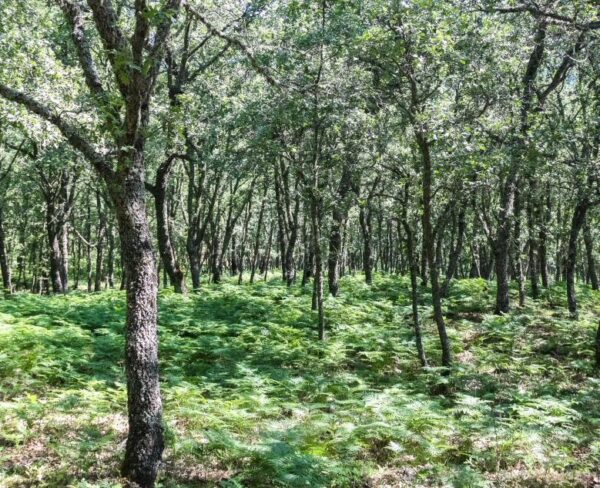
To the south of the province of Ciudad Real, already bordering the provinces of Jaén and Córdoba, you have a parque natural very little known and hardly frequented by tourists.
It is called Alcudia Valley and Sierra Madrona park, the largest in Castilla-La Mancha that extends for about 150.000 hectares in this area of Sierra Morena.
From a landscape point of view you will find two clearly differentiated areas.
On one hand, the Alcudia Valley, an area historically with great livestock activity that is now occupied by large farms dedicated above all to hunting.
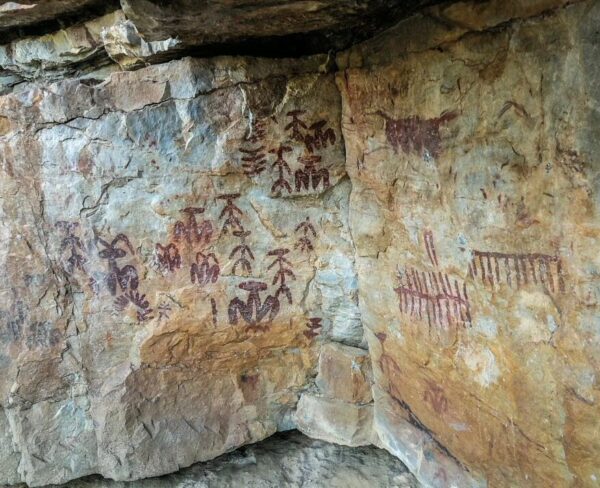
And then you have the most mountainous area of Sierra Madrona, a natural area that maintains its authenticity which is ideal for hiking.
Of note is the presence throughout the park of up to 140 shelters with cave paintings from about 4.000 years ago, among which the paintings of Written Peña near the main town of the mountains, Fuencaliente.
Another reference point for your excursion is the great Oaks Forest that extends through the mountains near Fuencaliente, being able to go up in a 4×4 vehicle to the highest areas, from where you will see wide landscapes of nature without seeing any town.
In your excursion through Sierra Madrona You will also have the chance to spot a very diverse fauna, from roe deer and ibex, to griffon vulture, black vulture or Bonelli's eagle.
Don't forget your Travel Insurance
Are you organizing your trip or getaway? Don't leave without take out your travel insurance before, and here we explain why. If you hire it with us, you have a 5% discount
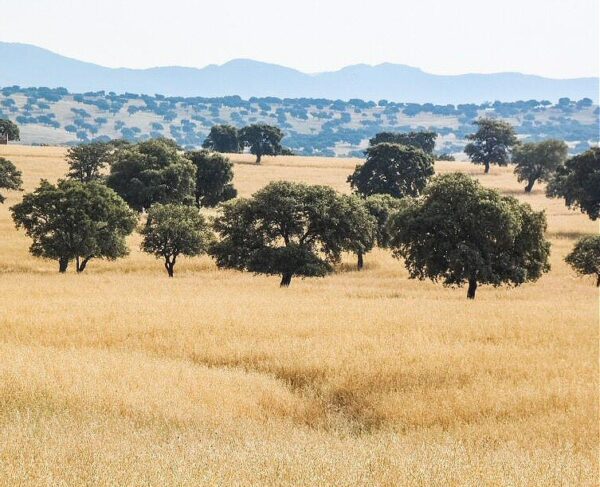
From a gastronomic point of view, I want to highlight the restaurant Hotel Sierra Madrona, the great reference of the Fuencaliente area, where you can taste the most varied cuisine with local products.
Another corner that you can see, already in the area of Alcudia Valley, are the remains of a Roman Village in a location located next to the school in the small town of The Welcome.
And another notable place is Horcajo Mines, a town that was born in 1860 next to some silver and lead mines, which had up to 5.000 inhabitants, but which is now almost a ghost town because at the beginning of the Republic mining activity ceased.
A Horcajo Mines You must arrive through the old mining train tunnel, and you will be able to see a small hermitage and the remains of the old church and the mine shafts.
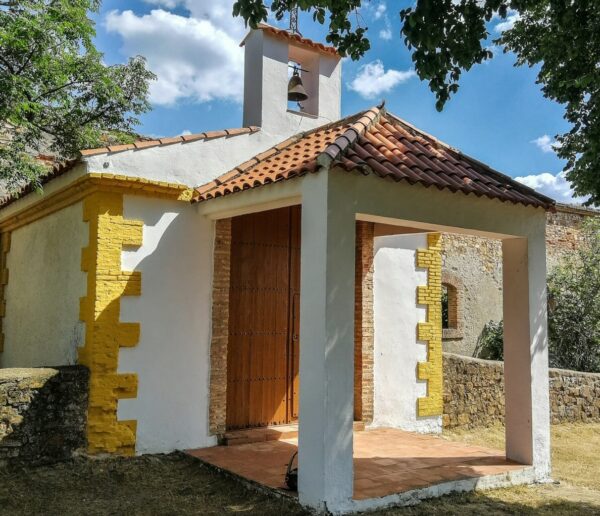
An accommodation that can serve as a base for your excursions through this area of the Alcudia Valley and Sierra Madrona natural park is rural hotel Casa del Valle in Hinojosas de Calatrava, where in addition to good service, you will have guidance on places to visit.
6 Calatrava la Nueva Castle
The area that delimits Sierra Morena y La Mancha during the Middle Ages It was a border territory and in that context several defensive fortifications were established, among which the one that would be the main headquarters of the Order of Calatrava.
Indeed, now near the town of King's Village You can visit the Castle-Convent of Calatrava la Nueva, a fortification located on top of a hill.
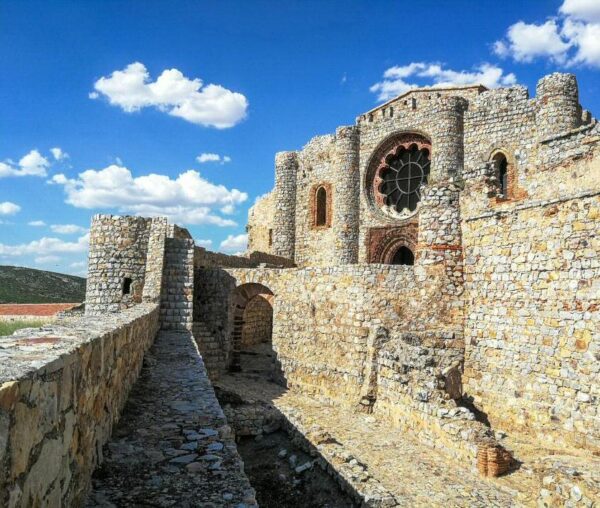
In front of it, at the top of another nearby hill, you can see the Salvatierra castle, now privately owned, and which once became a defensive enclave for Muslims.
La Order of Calatrava composed of warrior monks assigned to the Cistercian It was founded in 1158, and they arrived in this area in 1218 where they established this castle that became its main headquarters.
There was already a village in the place next to a small fortification that dated back to the time of the Bronze Age, and the castle was expanded with new lines of wall, with which the enclave became a true medieval fortified city.
La Order of Catatrava It was in that place until 1802, when it moved permanently to Almagro.
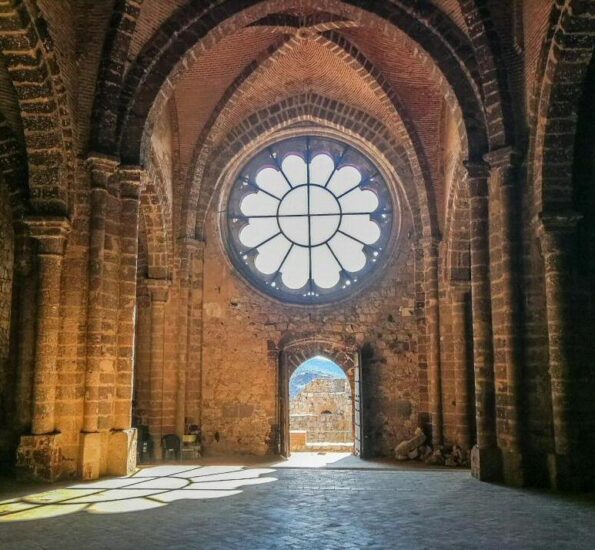
The castle and the old convent from the 60th century were finally restored during the past decades of the 70s and XNUMXs, and today it is one of the most visited places in the world. southern Castile-La Mancha.
During your visit you will pass the various sections of walls and go up to the old church, the most prominent building of this castle built on volcanic rock and where the enormous rose window will catch your attention.
7 Almadén Mining Park
Another place to discover in the south of the province of Ciudad Real is the Almadén Mining Park, where the tradition of the old mercury mine continues, whose origins date back to the time of the Phoenicians.

The Almadén mine was closed in 2003 and the current Mining Park It was inaugurated in 2008 in this declared enclave Heritage awarded by the Unesco.
Book your hotel, 15% discount, free cancellation
When planning your trip, we advise you to, well in advance, Book your hotel now on booking.com where you can find discounts from 15% and you will have a possible cancellation for free
On your visit to this mine, considered the oldest in the world, you will go down to the first floor of a well that has a total depth of up to 700 meters.
In the metal elevator of the well you will actually go down to 59 meters below the ground and you will visit various corners of the galleries that had their greatest peak between the XNUMXth and XNUMXth centuries.
Finally you will go up to another higher level to leave the mine riding a mining train, and then on a small tourist train to complete the visit of the site.

You will also see the ovens where mercury was liquefied from the cinnabar stone extracted in the mine, and you will visit the Mercury Museum, where you will see various objects related to the extraction of mercury.
To highlight the experiment area that shows you the peculiar characteristics of mercury, such as its great density.
The Visiting hours of the Almadén Mining Park They are every day at 10,30:16,30 and XNUMX:XNUMX, which are carried out in guided groups and to which you must sign up in advance.


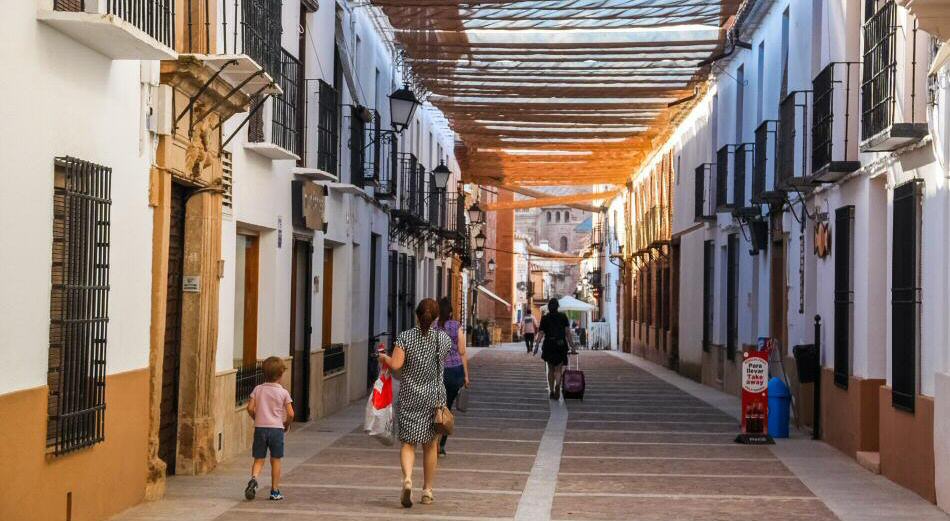

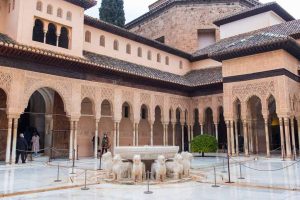
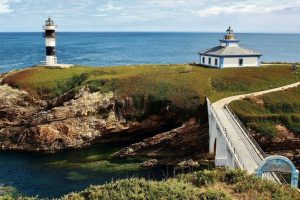











We visit Valdepeñas relatively frequently for family reasons and from there we have visited several of the aforementioned enclaves. A true delight, of which we especially loved Almagro and his comedy corral.
Almagro will not leave you indifferent!!
Very good post,
Thank you
Andrés
It is a good blog that talks about Spain and the different cultures it has, very interesting.
A little-known city but certainly worth it. Very well written post. I really like how you write. You are a reference for me. Thanks and regards!